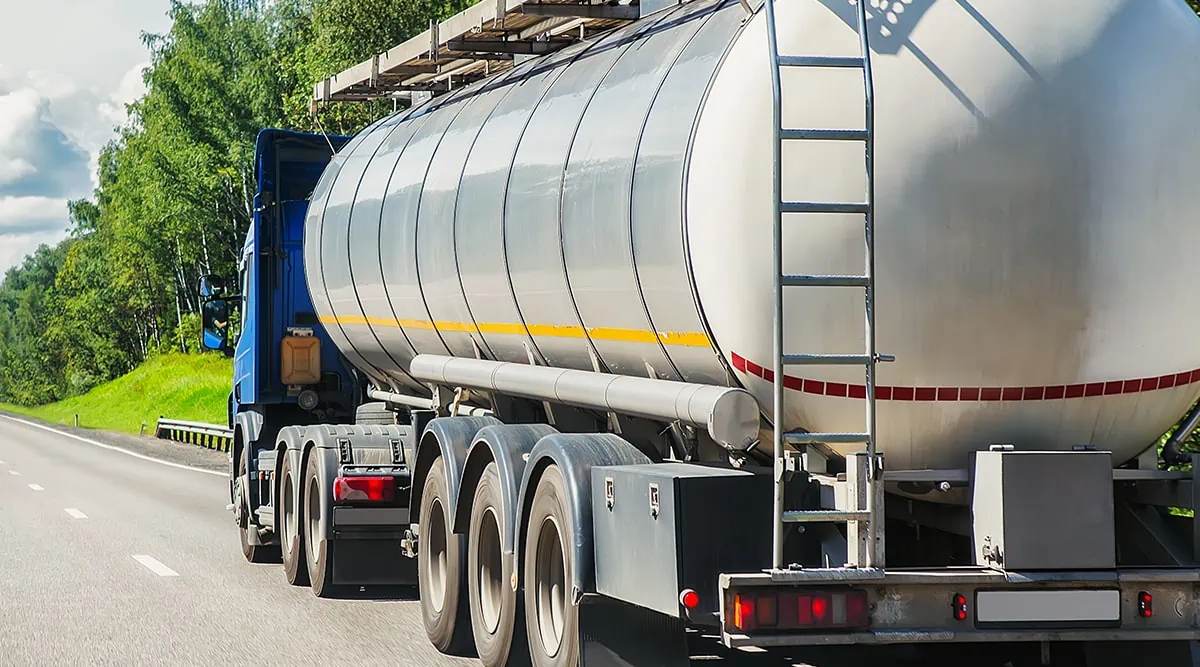All About Reclaim Waste
Table of ContentsNot known Details About Reclaim Waste Examine This Report about Reclaim WasteMore About Reclaim WasteFacts About Reclaim Waste RevealedEverything about Reclaim Waste
Domestic sewage waste refers to the waste and products from a domestic septic container. The proper administration and disposal of domestic sewer waste require liquid waste to be moved to a sewage treatment plant where the proper approaches and tools are applied to cleanse and dispose of waste.
Industrial waste commonly includes potential dangers, such as combustible materials or a blend of fluid and solid waste products, and calls for a more sophisticated and comprehensive disposal process. The disposal of business waste usually includes the purification of waste prior to transportation to guarantee secure and correct disposal. Industrial waste is created from results and drainage of commercial procedures and production.
This sort of waste can not utilize the very same sewer management transport or procedures as septic or business liquids. The hazardous waste monitoring process calls for the evaluation and testing of liquid waste before it undergoes the disposal procedure (liquid waste disposal). Drainage waste is the fluid waste that comes from overflow and excess stormwater in extremely inhabited areas or cities
Overflow waste can create contamination and flooding if not managed correctly. Ensuring correct waste administration can avoid calamities and minimize environmental injury.
Some Known Incorrect Statements About Reclaim Waste
Call PROS Providers today to discover our waste management and disposal services and the proper ways to look after the liquid waste you produce.
(https://telegra.ph/Expert-Liquid-Waste-Disposal-and-Removal-Services-in-Melbourne-11-12)This so-called 'wastewater' is not only an essential resource yet, after treatment, will certainly be launched to our land, waterways or the sea. Used water from commodes, showers, baths, cooking area sinks, laundries and commercial processes is recognized as wastewater.

water used to cool down equipment or clean plant and tools). Stormwater, a form of wastewater, is overflow that moves from agricultural and city areas such as roofs, parks, gardens, roadways, courses and seamless gutters right into stormwater drains pipes, after rain. Stormwater flows unattended directly to local creeks or rivers, at some point getting to the ocean.
The smart Trick of Reclaim Waste That Nobody is Discussing
In Queensland, the majority of wastewater is treated at sewage treatment plants. Wastewater is transferred from domestic or industrial sites through a system of sewers and pump stations, known as sewerage reticulation, to a sewage treatment plant. City governments construct, keep and operate most sewer therapy plants. Operators are certified under the Environmental Management Act 1994 to release treated wastewater at an acceptable environmental requirement into waterways.
The Department of Natural Resources suggests neighborhood federal governments concerning handling, operating and maintaining sewage systems and therapy plants. In unsewered areas, city governments might call for homeowners to set up individual or household sewer treatment systems to treat residential wastewater from bathrooms, kitchen areas, shower rooms and laundries. The Division of Natural Resources authorizes making use of home systems when they are proven to be effective.
In some brand-new class, therapy of some stormwater to eliminate clutter, sand and crushed rock has actually started making use of gross contaminant traps. Wastewater therapy occurs in 4 phases: Eliminates strong matter.
Wastewater after that flows right into huge storage tanks where solids resolve and are eliminated as sludge. Grease and residue are skimmed from the surface. Utilizes tiny living organisms recognizes as micro-organisms to damage down and eliminate continuing to be dissolved wastes and fine fragments. Micro-organisms and wastes are incorporated in the sludge. Eliminates nitrogen and phosphorus nutrients that might trigger algal blossoms in our rivers and threaten water life.
Unknown Facts About Reclaim Waste
Nutrient elimination is not offered at all sewage treatment plants because it calls for pricey specialized devices. Clear liquid effluent produced after therapy might still consist of you could check here disease-causing micro-organisms - liquid waste removal.

The majority of wastewater streams into the sewage system. Under the Act, local governments carry out authorizations and permits for ecologically appropriate tasks (Periods) including wastewater releases that might have a regional effect.
How Reclaim Waste can Save You Time, Stress, and Money.
Tracking supplies valid information about water quality and can validate that licence conditions are being satisfied. The details gotten with surveillance provides the basis for making water quality choices.